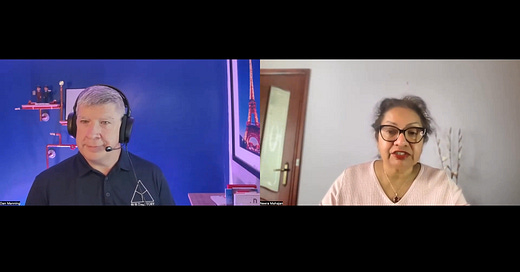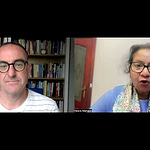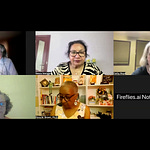In the second episode of Authors Circle, I bring to you, Dan Manning.
Dan Manning is the master storyteller.
The best I have ever known and seen in action.
He not only tells stories but he knows how to ‘teach’ storytelling.
When I was thinking of doing a podcast series on ‘storytelling’ he was the first one who came to my mind.
Dan has 25 years of experienc…













